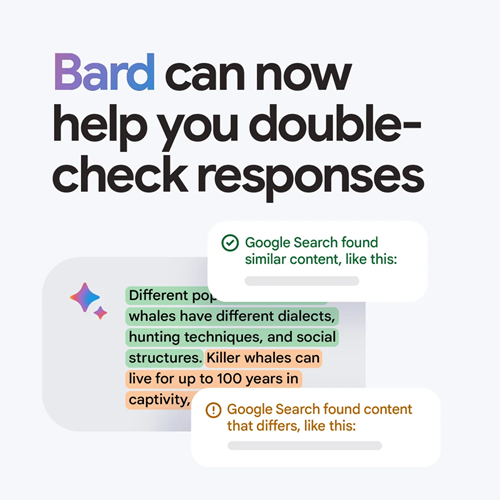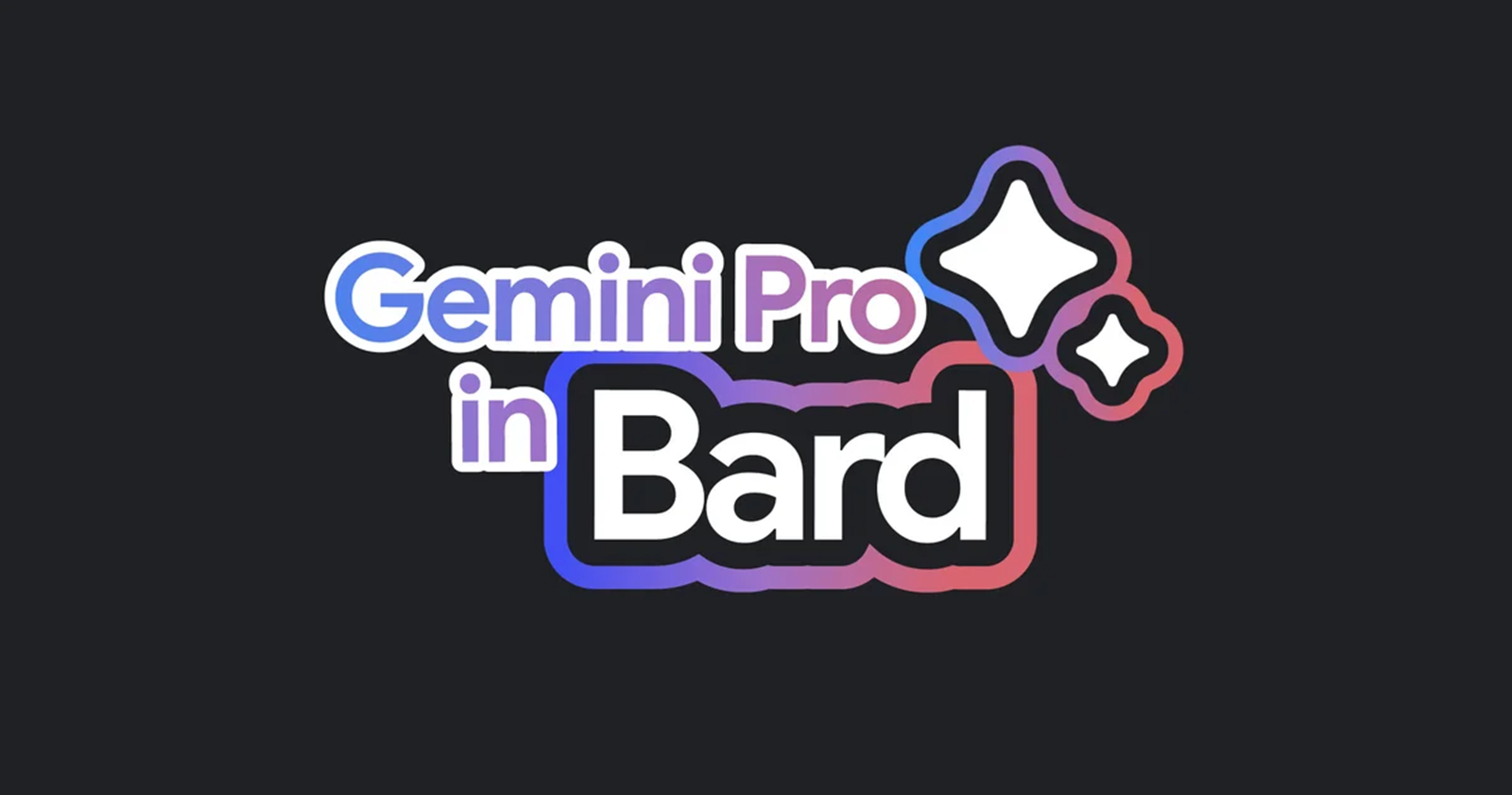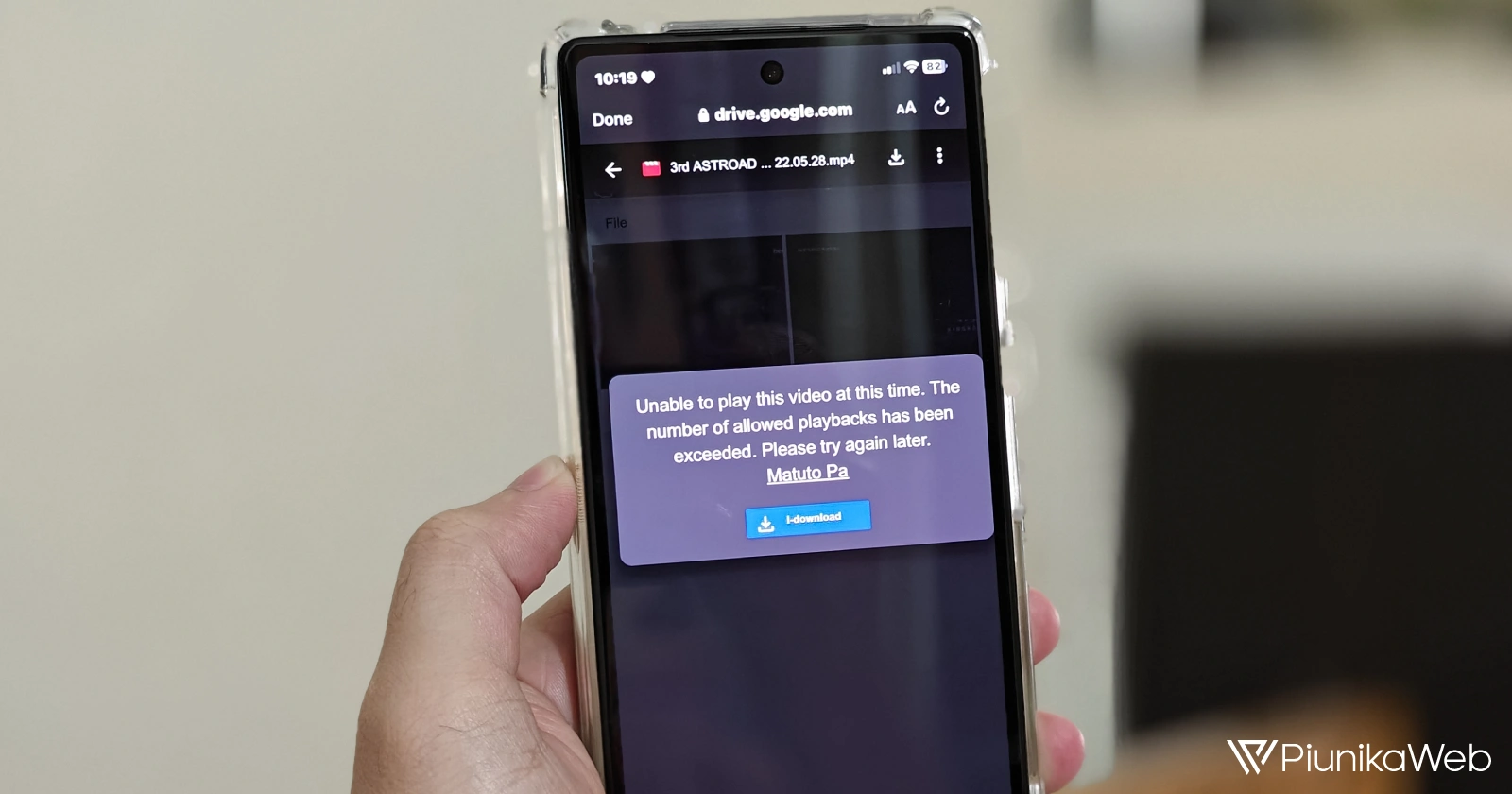There are rumors that Google will rename Bard to Gemini before launching. Ahead of this, the search giant has announced some exciting updates to Bard, making it more accessible and creative for users around the world. In a blog post, Google confirmed that image generation in Bard will now be available in more countries, an expanded double-check feature in at least 40 languages, and support for Gemini Pro will now be available in more than 230 countries and territories across the globe.
Gemini Pro goes global
Last December marked the integration of Gemini Pro into Bard in English, but Google says this advanced language model is now accessible in over 40 languages and 230 countries and territories. Gemini Pro enhances Bard’s understanding, reasoning, summarization, and coding abilities, making it a more powerful tool for users worldwide. According to Google, independent evaluations confirm Bard with Gemini Pro as a top-performing conversational AI, exceeding both free and paid alternatives.
Double-check responses in over 40 languages
Responding to user demand for increased validation of Bard’s responses, Google has expanded its double-check feature to more than 40 languages. This feature, already popular among millions of users in English, enables users to click on the “G” icon to have Bard scour the web for content that supports or contradicts its response. This enhancement aims to provide users with a more comprehensive and corroborated understanding of the information provided by Bard.

You can now generate images in Bard in English in most countries
Google has introduced a creative boost to Bard by integrating image generation capabilities into the platform. Users can now generate images in Bard, available in English in most countries worldwide, at no cost. This feature is powered by the updated Imagen 2 model, designed to balance quality and speed, delivering high-quality, photorealistic outputs. Users can simply input a description, and Bard will generate custom visuals to bring their ideas to life. To maintain responsibility, Bard uses SynthID to embed digitally identifiable watermarks into generated images, ensuring a clear distinction from original human artwork.
Safety and responsibility at the core
Aligning with Google’s AI Principles, image generation in Bard has been designed with responsibility in mind. Clear distinctions are maintained between AI-generated visuals and human artwork through the use of SynthID watermarks. Google has implemented technical guardrails and invested in the safety of training data to limit the generation of violent, offensive, or sexually explicit content. Filters are also in place to avoid the generation of images featuring named individuals. Google remains committed to ongoing investments in new techniques to enhance the safety and privacy protections of its AI models.
These updates solidify Bard’s position as a versatile and accessible AI assistant for creative endeavors and everyday tasks alike. Whether you’re writing code, summarizing research, or simply brainstorming ideas, the new Bard is ready to collaborate with you, in your language, and with a touch of visual inspiration.



